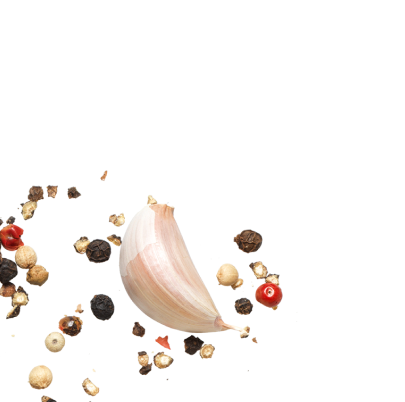why grass fed?


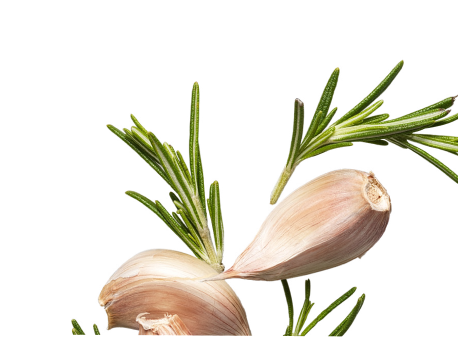

Why Country Archer Uses Grass-Fed Beef
Here at Country Archer, we're committed to finding ways to limit our carbon footprint, support sustainable farming, and reduce our impact on the environment. We're also committed to making really good beef jerky with only the realest of real ingredients possible. So when it came to choosing our beef, 100% grass-fed, pasture-raised beef was a no-brainer. Our cows are born and raised on a pasture and never touch a feedlot, which is good news for them, you, and the earth.
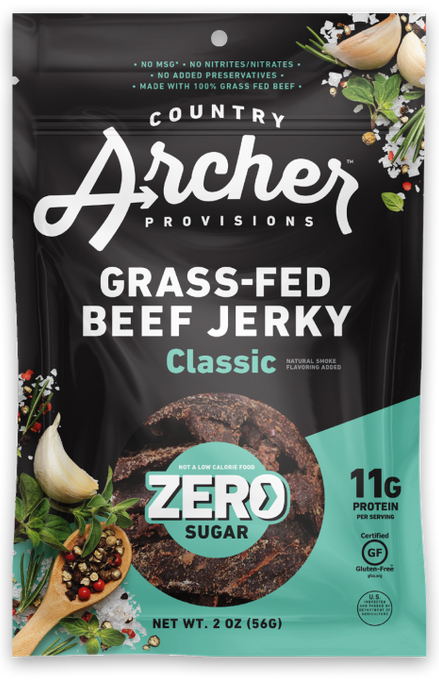



We partner with ranchers who are on a mission to heal the planet, and cows can actually play a pretty big part in that.
When cattle graze on pastures, they encourage grass growth. Increased grass growth means the soil captures more carbon and keeps it out of our air. Cow manure is a recipe for a natural soil glow up free of harsh chemicals, and that healthier soil can absorb even more carbon.
Most of our beef comes from Australia- which has a commitment to make its meat and livestock industry carbon neutral by 2030- and it also comes from a family-owned farm in Northern California, Richards Regenerative, an American Grass-Fed Association-certified farm and leader in regenerative agriculture. We love Richards for more than just their commitment to providing 100% grass-fed-and-finished beef. Their holistic land management practices- which include things like rotational grazing, resting pastures, soil regeneration, and biodiversity- are helping to regenerate the earth the way wild herds did in the past. (Also, they are just really awesome peeps).
This type of regenerative farming can make grass-fed beef carbon-neutral or carbon-negative. That’s a win for the planet and for beef lovers everywhere.

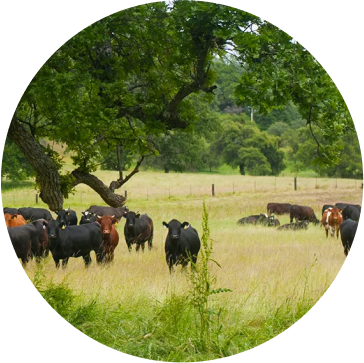
We partner with ranchers who are on a mission to heal the planet, and cows can actually play a pretty big part in that. When cattle graze on pastures, they encourage grass growth. Increased grass growth means the soil captures more carbon and keeps it out of our air. Cow manure is a recipe for a natural soil glow up free of harsh chemicals, and that healthier soil can absorb even more carbon. Most of our beef comes from Australia- which has a commitment to make its meat and livestock industry carbon neutral by 2030- and it also comes from a family-owned farm in Northern California, Richards Grassfed Beef, an American Grass-Fed Association-certified farm and leader in regenerative agriculture. We love Richards for more than just their commitment to providing 100% grass-fed-and-finished beef. Their holistic land management practices- which include things like rotational grazing, resting pastures, soil regeneration, and biodiversity- are helping to regenerate the earth the way wild herds did in the past. (Also, they are just really awesome peeps). This type of regenerative farming can make grass-fed beef carbon-neutral or carbon-negative. That’s a win for the planet and for beef-lovers everywhere.

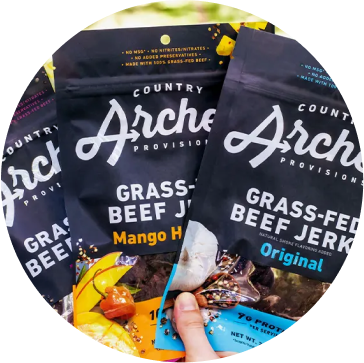
We partner with ranchers who are on a mission to heal the planet, and cows can actually play a pretty big part in that. When cattle graze on pastures, they encourage grass growth. Increased grass growth means the soil captures more carbon and keeps it out of our air. Cow manure is a recipe for a natural soil glow up free of harsh chemicals, and that healthier soil can absorb even more carbon. Most of our beef comes from Australia- which has a commitment to make its meat and livestock industry carbon neutral by 2030- and it also comes from a family-owned farm in Northern California, Richards Grassfed Beef, an American Grass-Fed Association-certified farm and leader in regenerative agriculture. We love Richards for more than just their commitment to providing 100% grass-fed beef. Their holistic land management practices- which include things like rotational grazing, resting pastures, soil regeneration, and biodiversity- are helping to regenerate the earth the way wild herds did in the past. (Also, they are just really awesome peeps). This type of regenerative farming can make grass-fed beef carbon-neutral or carbon-negative. That’s a win for the planet and for beef-lovers everywhere.




